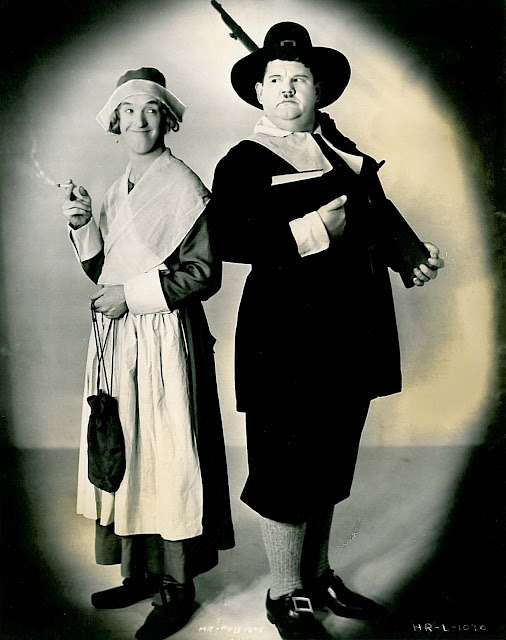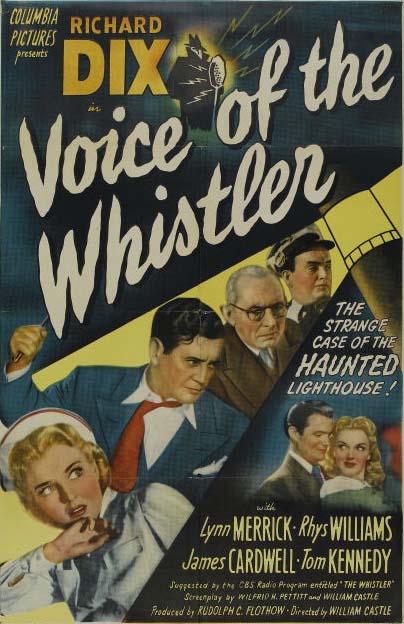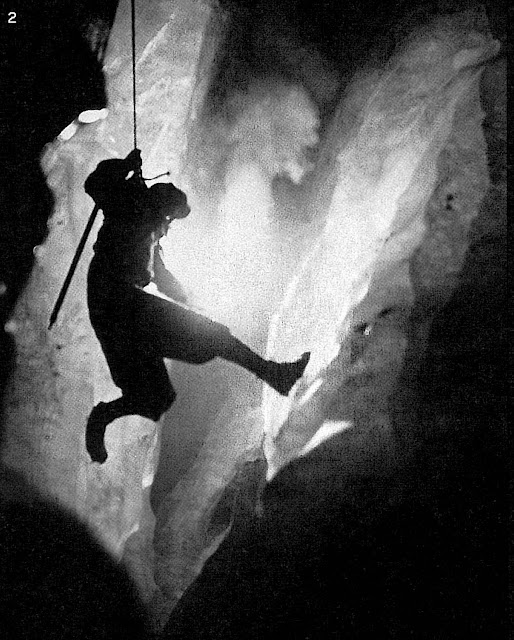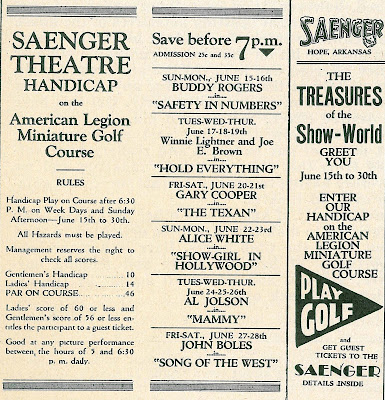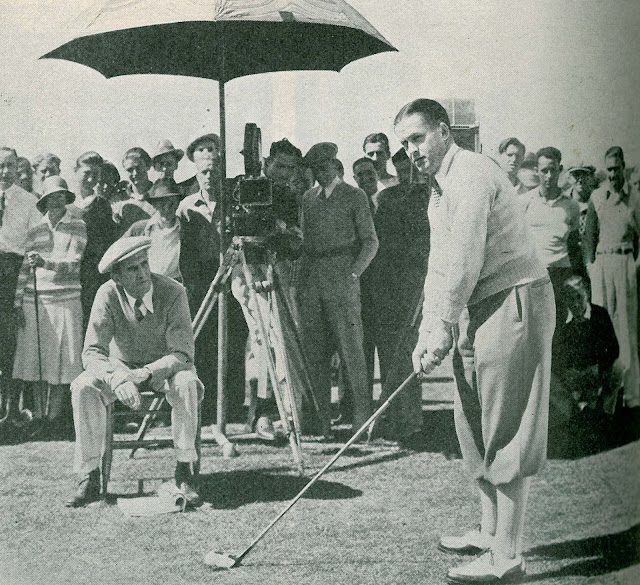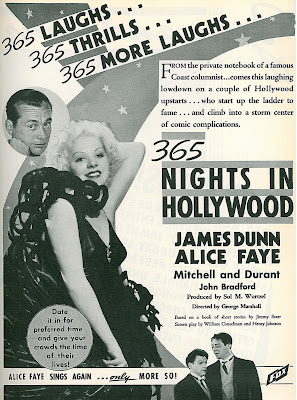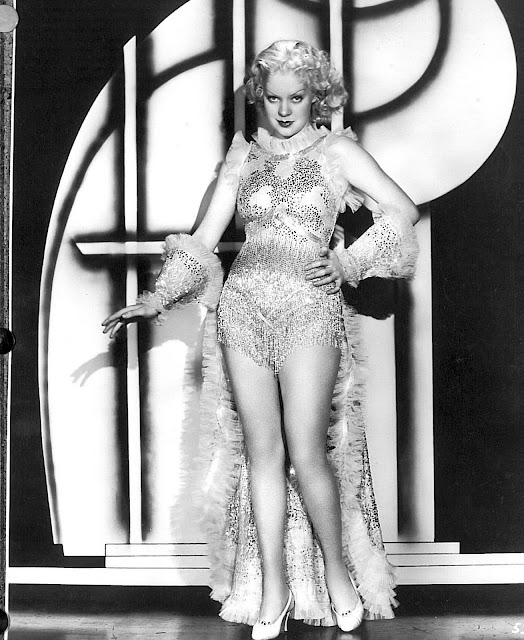


For having been born too late, I missed dates with Judy far greater in number than what I’d assumed was her sole appearance in the 1948 MGM musical starring Jane Powell, just released on DVD. Turns out this character had a near twenty-year run in various media, a brand name on radio and television, plus comic books and motion pictures. What started as summer replacement for Bob Hope in 1941 evolved into nine seasons of home listening. Shows like A Date With Judy revolved around teen problems at home and among school friends, with parents baffled over juve slanguage and exhibits of immaturity, but always right in the end. According to sex-deprived boys who grew up in radio's era, the girl’s voices were a major turn-on, despite all programs being scrubbed clean of inference. I pulled up a handful of Judy shows for on-line listening. One of them guest-starred Frank Sinatra; another had Joseph Cotten visiting the family. At times it sounded as though they were talking out of barrels. Radio archives are flush with some shows, bone dry on others. I located fifteen Dates With Judy. Maybe more exist, but I wouldn’t be surprised if this were all. The similar Meet Corliss Archer is said to be largely gone, which is too bad, because my elementary school band teacher, Priscilla Lyon, was the first actress to play her on radio. None of these shows are particularly funny, but it is possible to lull yourself into a sufficiently comatose state to groove with them. Girls act silly, boys their eunuch pets. Teenagers as a group behave as utter fools, presumably to blunt any threat they might otherwise pose. You can tell sponsors were parsing these scripts with surgical precision, careful to disperse reality’s intrusion. I’d love to hear from a then-faithful listener, but how many of those visit Greenbriar (or any website)? Web-based nostalgia is after all limited to those who can (or are willing to) ambulate there --- age and passing have taken a lot of older memories with them. A Date With Judy had sufficient legs to manage a daytime television berth beginning in 1951 (the cast shown above). This played live and lasted a couple of years, eventually moving into primetime. There weren’t enough episodes to strip in syndication, not a factor anyway since A Date With Judy wasn’t shot on film and would survive (if at all) on kinescope only. Fans may well have read comic books while listening (or watching), so why not spin the character off into these? Covers here represent a DC run that lasted from 1947 to 1960. They’re not collected with anything like the gusto Superman and Batman inspire, and for all the world they look just like Archie comics I used to get in the early sixties. Those were easy for me to dump later, with nary a regret since, demonstrating perhaps just how disposable A Date With Judy and its kind became once listeners (and readers) grew out of them.
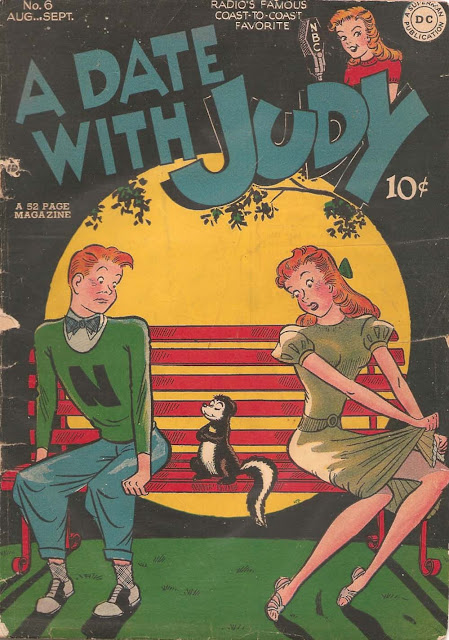



Judy might have been the next Andy Hardy, had attitudes and audiences not been so changed by the war. As it was, MGM ran a decade behind the curve when it brought Andy back from service in 1946. He had not changed at all, and neither did the Hardy formula. A Date With Judy shared time warp reflecting a studio determined to maintain pre-war business as usual. Household sets are art-directed into otherworldly perfection. Teen patrons whose parents discouraged excess make-up would be reassured by on-screen peers larded with pancake and rouge. Sometimes design and outcome go in opposing directions, or maybe they intended Elizabeth Taylor to represent definitive forties jail-bait, as she certainly does here (speaking of Archie comics, Powell and Taylor are filmic dead ringers, by look and temperament, for Betty and Veronica). High school dances in A Date With Judy are divorced enough from reality to allow Xavier Cugat’s casual attendance, as if musical headliners might drop in on your prom or mine. Beyond title and character names based on the radio plays, Judy and her friends are the same sort of let’s-put-on-show Carvel dwellers Mickey and Judy had been. Metro teens behaved well and respected their elders. So had kids on radio, but more was at stake in movies. A status quo of family filmgoing had to be maintained. It was this industry’s very foundation. Let trash merchants handle the likes of Teenage --- Mad Moments Of Youth (shown here), for its disreputable hosts neither needed nor wanted Code Seals for exploitation product they ran, yet theirs was the direction an entire industry would be headed within a short decade. Jane Powell was reassurance for parents starting to worry just prior to release of films that spoke directly to their fears. Columbia’s Knock On Any Door and Universal’s City Across the River within a following year would warn that all was not well among America’s youth. Trouble in these was confined to slums, but there was always the threat it would break out. Misunderstandings with parents in A Date With Judy are resolved promptly and always short of the law’s intervention. Note Elizabeth Taylor’s contretemps with dad Leon Ames over Wall Street distractions that make him inattentive at home, then fast forward to Natalie Wood’s sexually charged Daddy rejection in Rebel Without A Cause. That must surely have been the last picture daughters would have wanted to go with their fathers to see (and vice versa). By 1955, moviegoers were bifurcating into opposing camps. What one chose for entertainment (and role modeling), the other deplored. Louis Mayer and his producers understood the madness in such a course, but there was little they could do to forestall its forward (or backward?) march.





